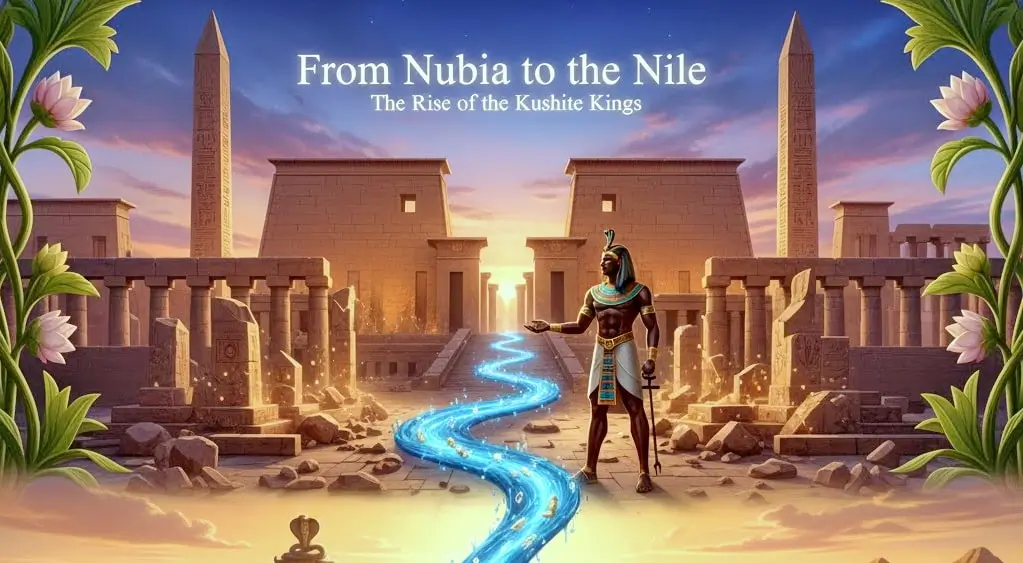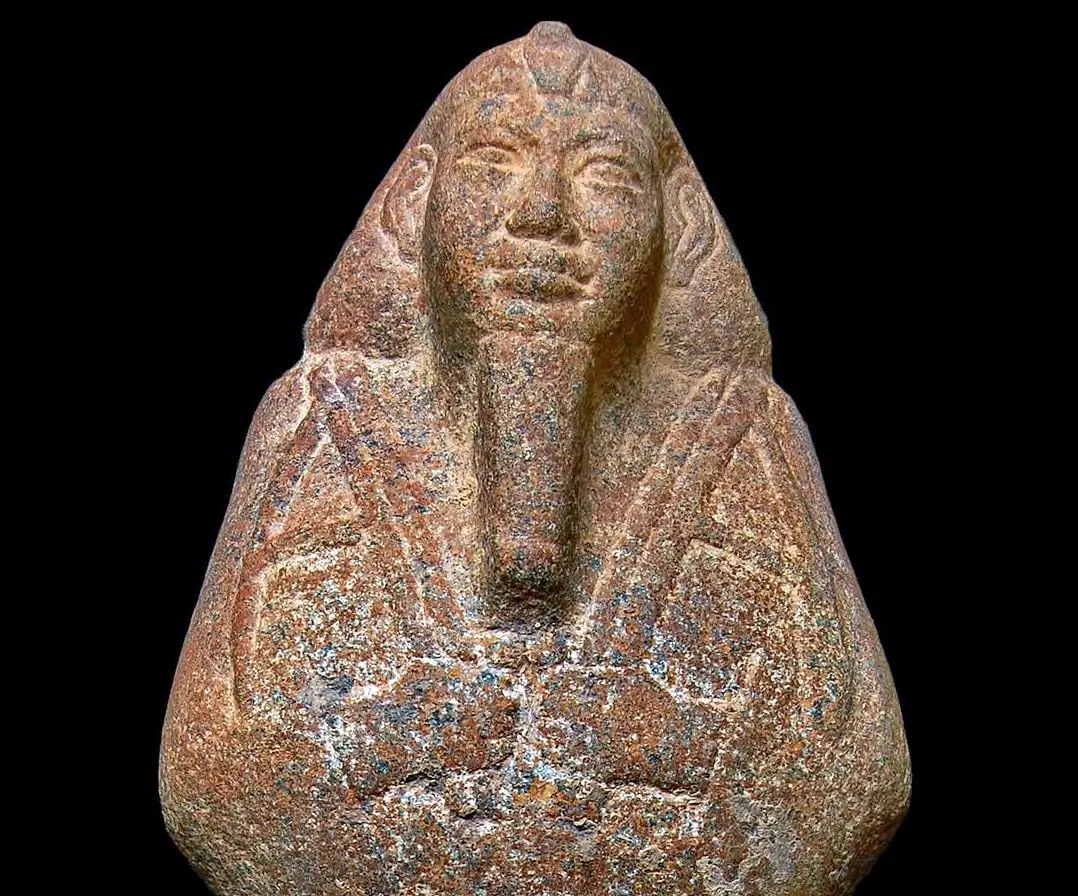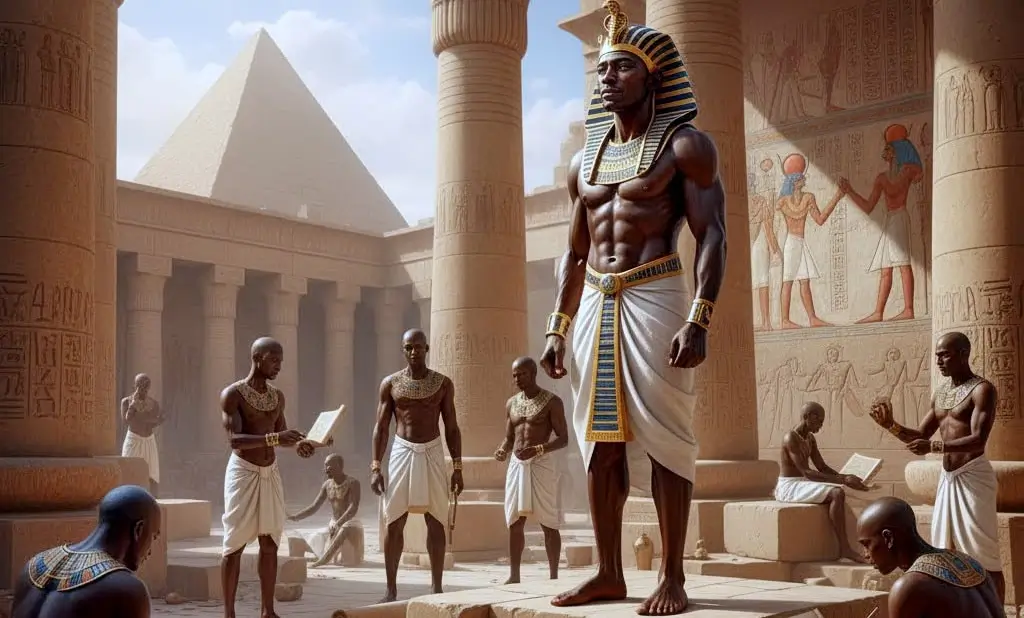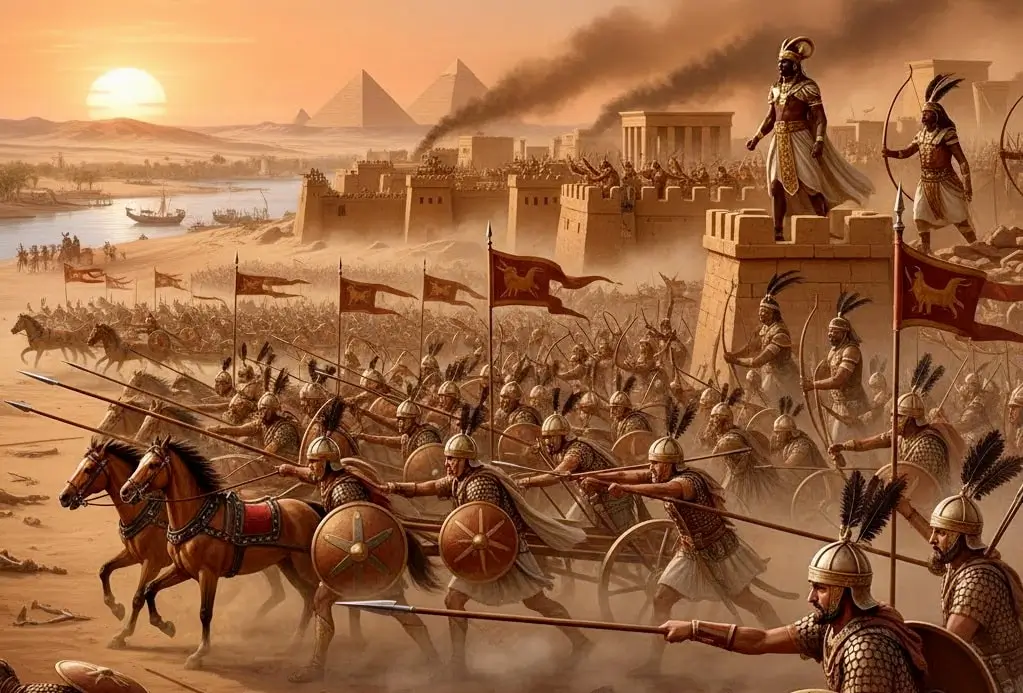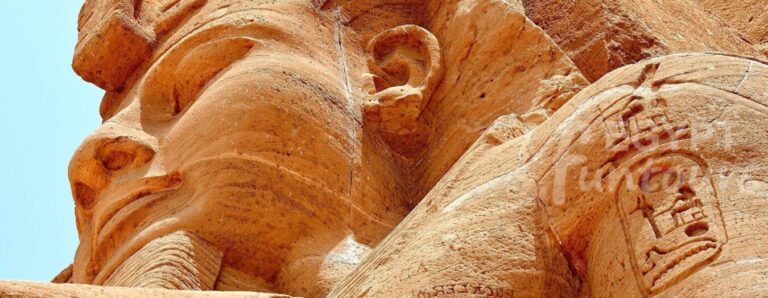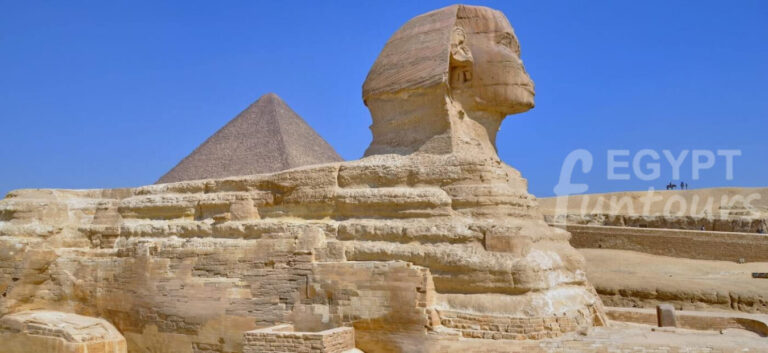For nearly a century, powerful African rulers from the south occupied Egypt’s throne. These were the Kushite Kings from Nubia, located in modern-day Sudan. They established the celebrated 25th Dynasty. These pharaohs weren’t foreign conquerors. Instead, a deep reverence for Egyptian culture drove them. They believed they had a divine mandate to restore it. They came to unite a fractured Egypt and heal its divisions. Their goal was to resurrect the traditions from Egypt’s past golden ages. Their story is a remarkable chapter in world history. It shows a fascinating reversal of colonial power and proves the deep cultural connection of the Nile Valley.
The Preceding Chaos: Egypt’s Third Intermediate Period
To understand the 25th Dynasty’s rise, you have to look at Egypt’s prior condition. The magnificent New Kingdom had faded by the 11th century BCE. The Third Intermediate Period followed, bringing a long era of political decline and fragmentation.
Central authority completely dissolved. The country splintered into competing domains. In the north, Libyan dynasties ruled from Delta cities, but their control was weak. Local chieftains and petty kings constantly challenged them. In the south (Upper Egypt), the powerful priesthood of the god Amun held control from Thebes.
This north-south division deeply wounded the Egyptian psyche. Egyptians prized ma’at—the ideal of cosmic order, balance, and justice. The pious Kushites observed this from their kingdom to the south. They saw a nation in chaos. They believed the Egyptians had forsaken ma’at and abandoned their gods.

